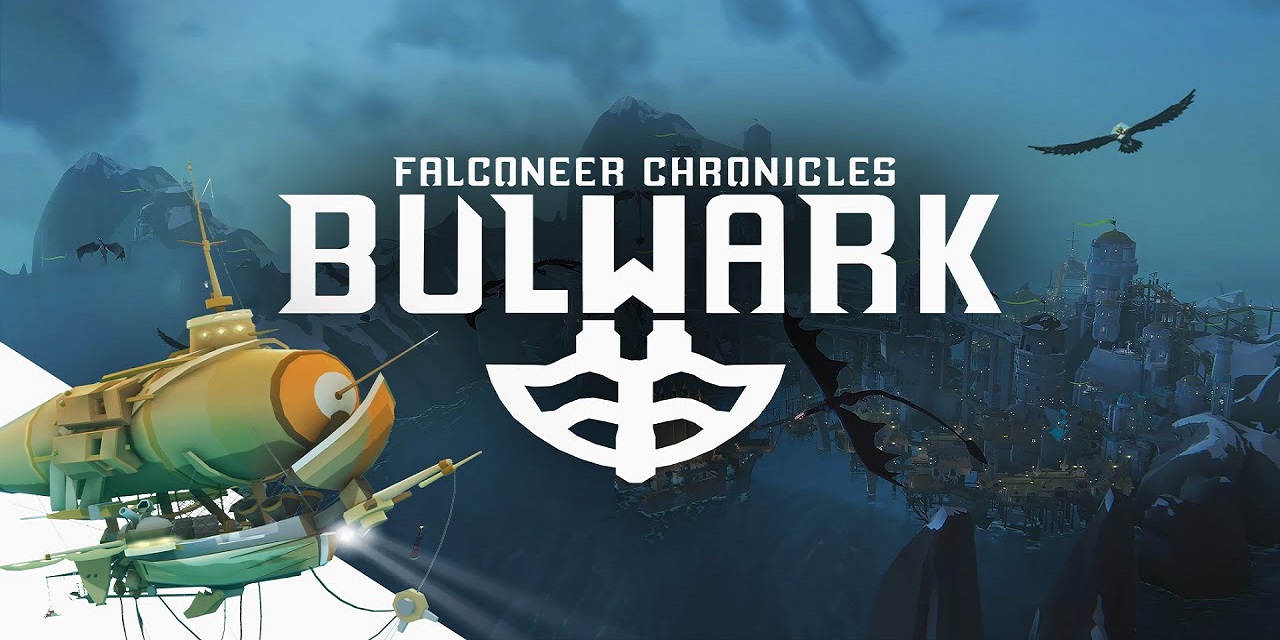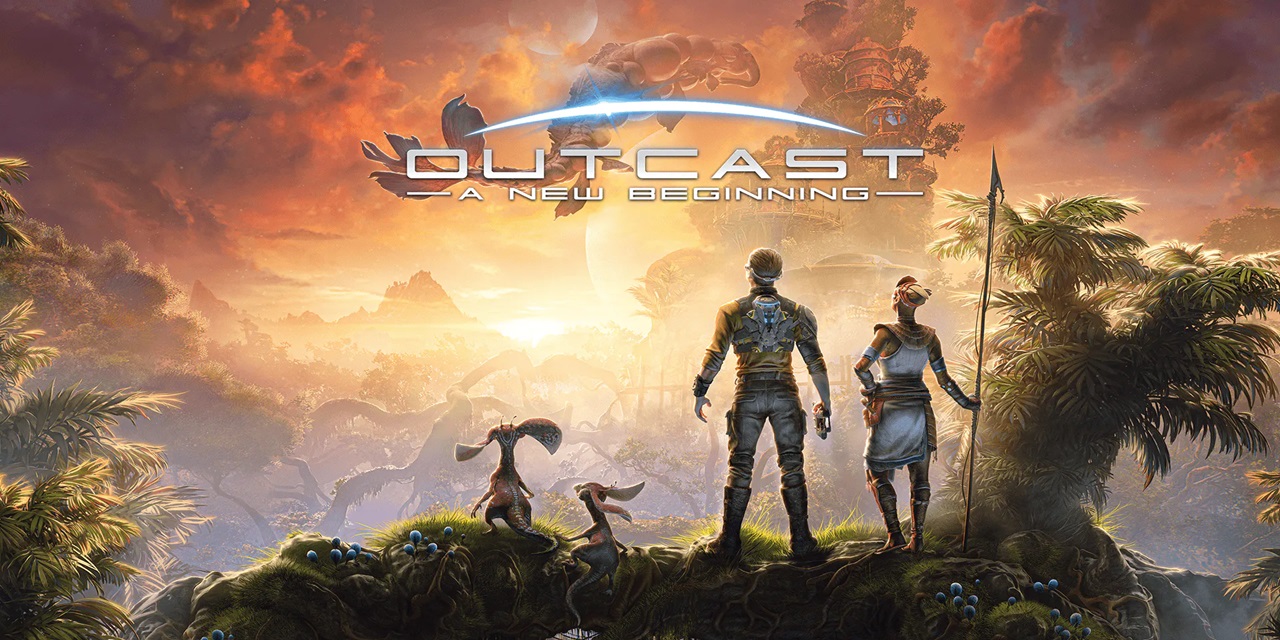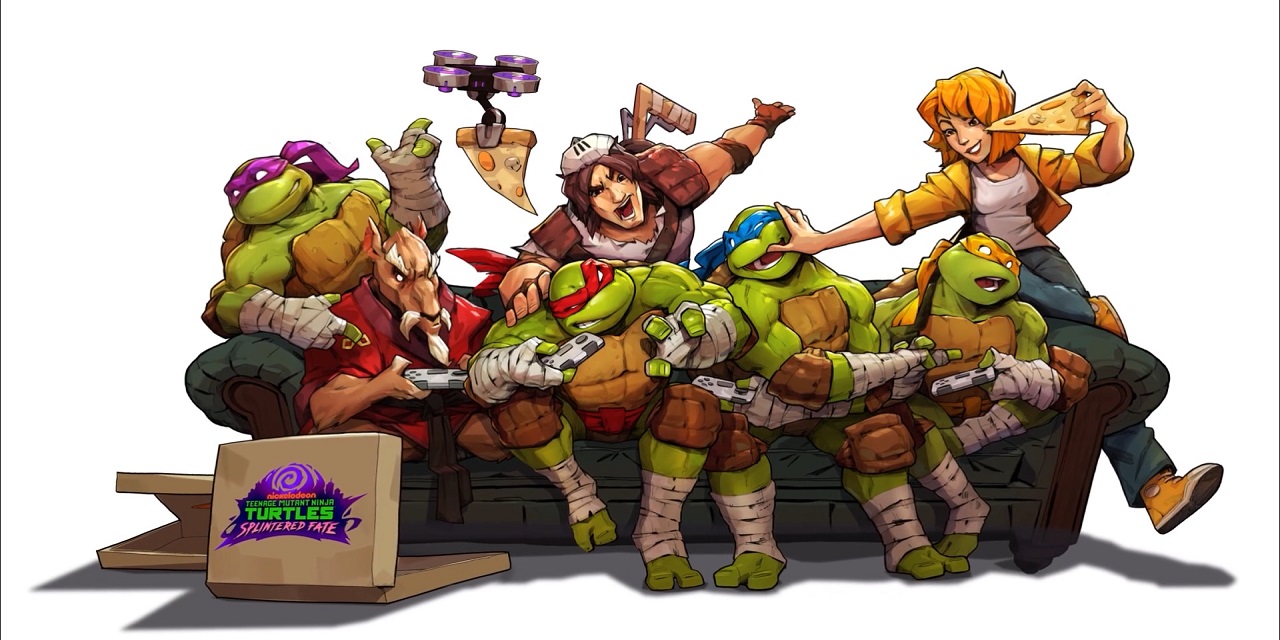Bulwark: Falconeer Chronicles is an isometric 3D sandbox game developed by Tomas Sala and published by Wired Productions. It’s the next game from the same oceanic areas of The Great Ursee, a fantasy realm from Sala’s previous game, 2020’s The Falconeer. In this demo, players take on the role of a Bulwark Lord, tasked with building and defending a fortress settlement, farming resources, and managing relationships with the seafaring factions of Freehouse, Mancer and Imperium.
We start with an outpost as well as an airship called a surveyor. The surveyor allows us to explore beyond our outpost to search for more resources, communicate with other sailors and aid in combat when required. Starting with our outpost, we first need to start wood and stone collection, and to do that we need to erect towers. Wherever we right click with the mouse, a tower is built, and a boardwalk is automatically constructed, connecting the tower to your outpost. It doesn’t matter if there is a cliff face dropping straight into the ocean or if the tower is out in the middle of the water, wooden stilts will be placed where required.
We see a stone quarry in the distance, so connecting the first tower to a second ‘bridges’ the gap and more boardwalks are created, thus forming a trade route of stone and wood. We can upgrade towers and our outposts by right clicking them, though the controls are a little fiddly because if your mouse is not right on the outpost or tower, right clicking will erect another tower where you clicked. It is easy to demolish buildings, but it can be quite a messy click fest as you get used to the controls. Upgrading a tower to the next tier will change the wooden boardwalks to stone pathways.
We are next tasked with taking the surveyor to find other resources. Moving the surveyor is just a simple left click, however it will bob over waves and terrain, and will circle around where you clicked. This made it difficult to click move, and sometimes you fought the camera too. I found it much easier to move by looking at the world map and clicking where I wanted it to go, then following it with the camera. Placing new resource mines on iron and stone were easy, but as they are so distant from your main outpost, you will need to build harbours. This is where the demo got really confusing for me.
Controlling the surveyor and moving to a point in the water beyond the iron mine allows you to place a harbour. It said it wasn’t connected to my outpost, so I clicked further along into the ocean, and it built a tower, not a harbour, and automatically added channel markers for ships to follow which was a cool touch. Each harbour building requires a captain assigned to it. Different captains are only willing to transport certain types of materials, so I cycled through until I saw a captain willing to transport iron. A little sloop ship spawned and moved between the harbour and the iron mine, but the game was still telling me that iron wasn’t connected.
I decided to work from the outpost end and work back to the iron mine. This created more harbours and towers, and I also had unknown ships start approaching my area. Clicking these as you discover them gives you a choice as to whether you recruit them or let them go. Recruiting them will gain you a transport vessel, some resources and favour with one of the other factions. I placed about 6 more harbours around the place and pressing tab allows you to see the resource flow, so I could work out which harbours and towers were properly placed and which ones I could dismantle. It was a bit of trial and error as the game doesn’t really help with placement in this regard.
I tried playing as each of the three factions and noticed that progress you make with each is saved as overall world progress, I guess. Anything you do at once base is kept on the map when you switch between factions in the main menu. I played about 30-45 minutes of each, slowly expanding the base and gaining new resources while also recruiting random sailors and commanders into my cause. I didn’t reach any combat scenarios but had some combat ships protecting certain trade routes ready to act at some point. I did see in the main menu that I could clear progress so I guess you can start fresh if you feel the need.
Bulwark: Falconeer Chronicles is a pretty chill game with fantastic artwork and inquisitive music that pays to your exploration progress. I wasn’t really sure of what to do in the game outside of gaining new resources and setting up trade routes. I couldn’t see a counter of how much of each resource I had stockpiled and was using. I liked the fact that I didn’t have to worry about placing boards and roads to connect between buildings but did wonder about how many resources I would need to do so.

This is an evolving demo according to the developer and so is not an early access version of the game as we know it. “I am still developing the game and having a demo that is updated regularly with new features and content is the method I’ve chosen to show off the game but also take in all the feedback I can get from players.” It’s an interesting approach. I enjoyed playing 2020’s The Falconeer and this is what attracted me to Bulkwark, so I am keen to watch the game develop over time.
If you’re looking for a relaxed pseudo colony builder that’s a bit different from others in the genre, and you enjoyed The Falconeer, then Bulwark: Falconeer Chronicles is worth a look. It’s a free demo after all. The Bulwark: Falconeer Chronicles demo is available now on Steam.
#roundtablecoop







